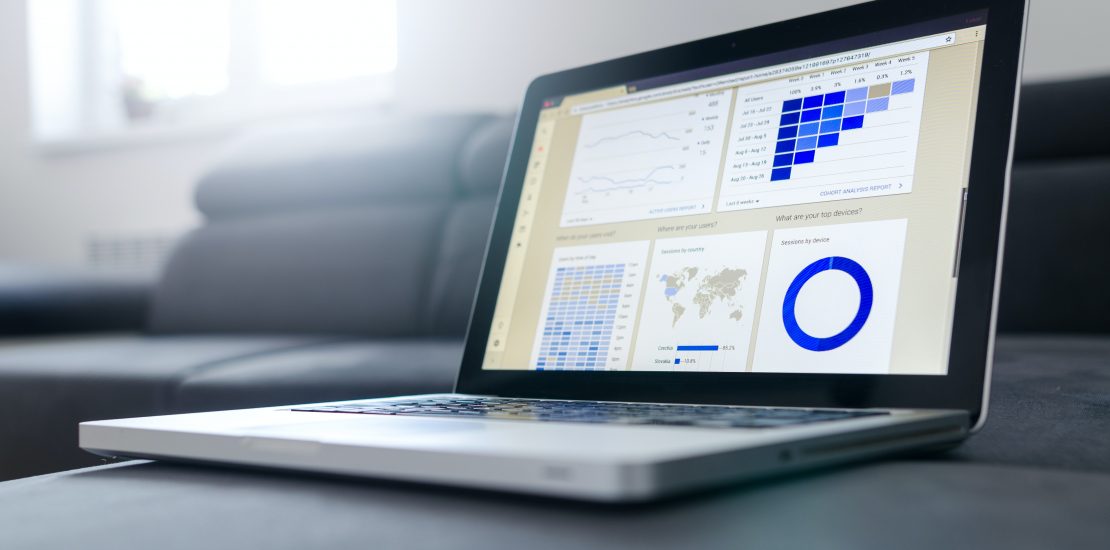- August 19, 2020
- Posted by: saenicsa
- Category: Accounting, Publication

During the past couple of weeks, we have been discussing some of the items that make up our Balance Sheet, such as Inventory and Accounts Receivable.
In today’s article we will continue with the Balance Sheet by discussing the Fixed Assets section since this is another particularly important part of our Balance Sheet and when understood can provide invaluable information to the decision makers withing a business.
What are Fixed Assets?
Fixed Assets are an important part of any business. Why? Because when we refer to Fixed Assets, we are referring to either property or equipment that generates income and has a useful life for longer than 1 year.
What are the main categories of fixed assets?
Now, how are Fixed Assets categorized? Well, to begin there are generally 3 main categories for the different types of Fixed Assets that exist, being as follows:
1) Tangible Assets;
2) Intangible Assets; and
3) Financial Assets.
What are tangible assets? Well, these are assets that we can see, feel, and touch. This the easiest Fixed Asset category to valuate on your financial statements. Now, intangible assets are just the opposite. What does that mean? It means that intangible assets are assets that are not of a physical nature, so any intellectual property, such as trademark, patents, copyright and so forth among other things are within this category.
Finally, what are financial assets? Financial assets include owning shares of another company or owning certain financial securities (stocks, bonds, mutual funds, etc.,). These types of assets are uncommon to have and require specific competences to valuate correctly.
What is depreciation?
Depreciation is an accounting method for allocating the cost of an asset over a period that is considered its useful life.
There exist different methods for depreciating assets and the rules from one country to another vary, so it is important to make sure that you are aware of what rules are applicable in your jurisdiction.
Except for land, Fixed Assets are depreciated over a certain period. In Nicaragua, the Tax Concertation Law specifies different periods of time for depreciation depending on the type of Fixed Asset, but it can be anywhere from 2 up to 30 years.
Although, there is an important tax benefit that companies may take advantage of if gross annual revenue is less than C$ 12 million Córdobas per year. This tax benefit is that all assets are expensed 100% during the period they were purchased in.
Therefore, when declaring your annual year-end income tax declaration, the total amount of the cost of any Fixed Assets acquired during the year are considered a tax write off. This is great when considering that other companies cannot do this and would only be permitted to write off the depreciation for that year.




